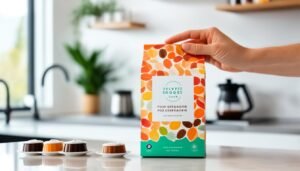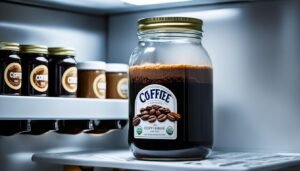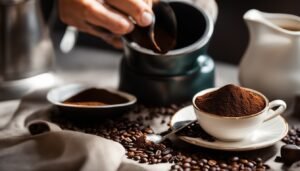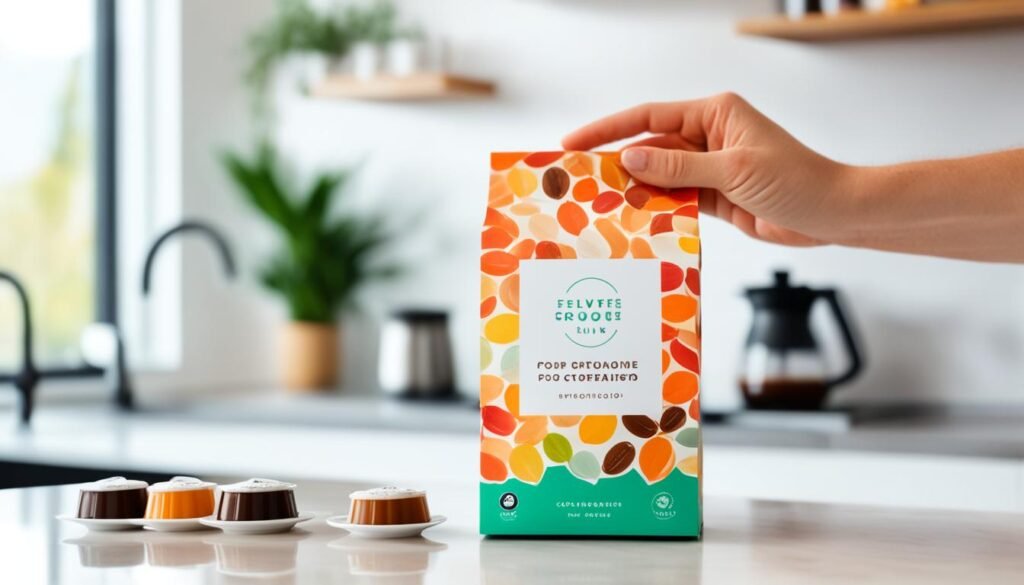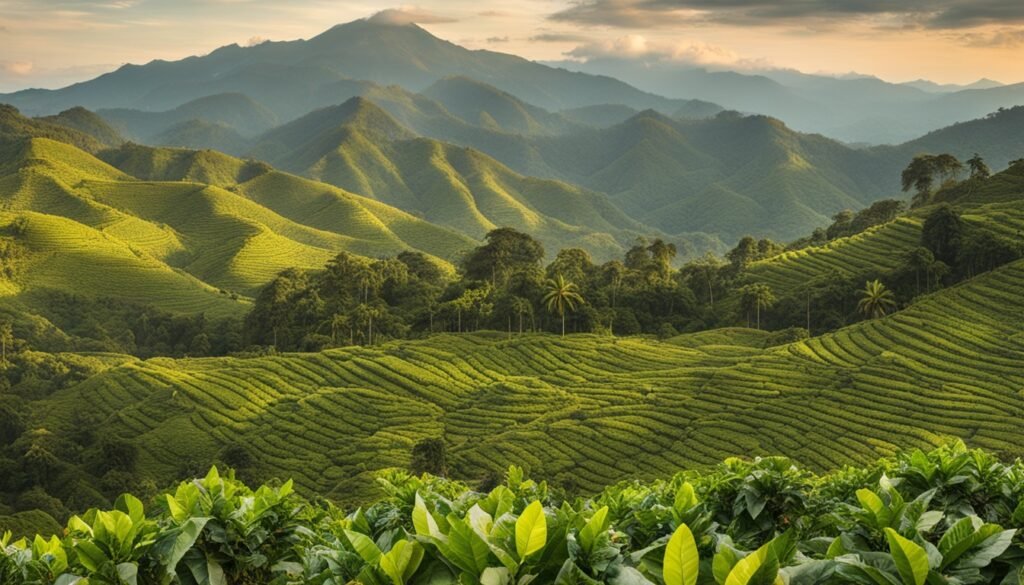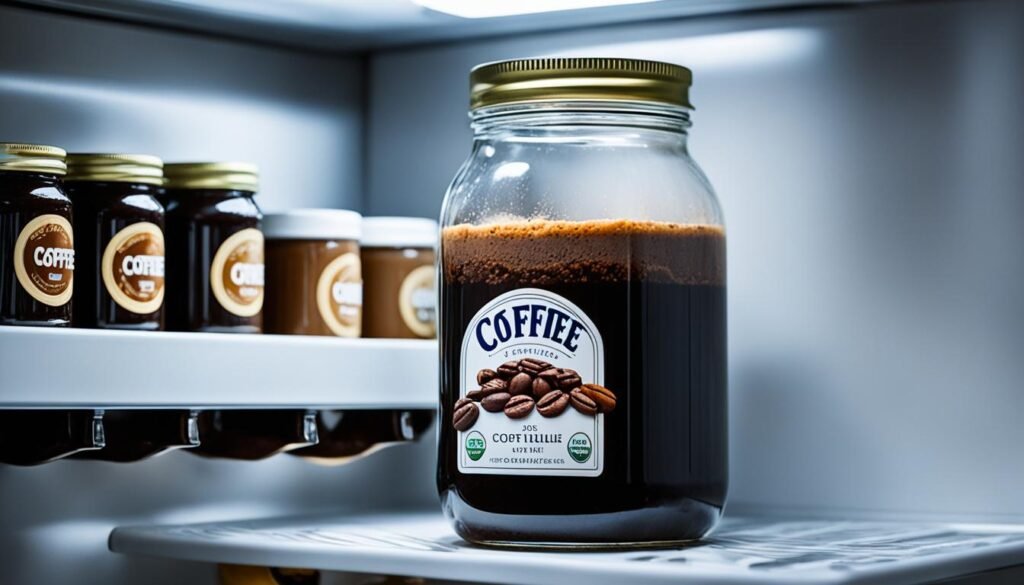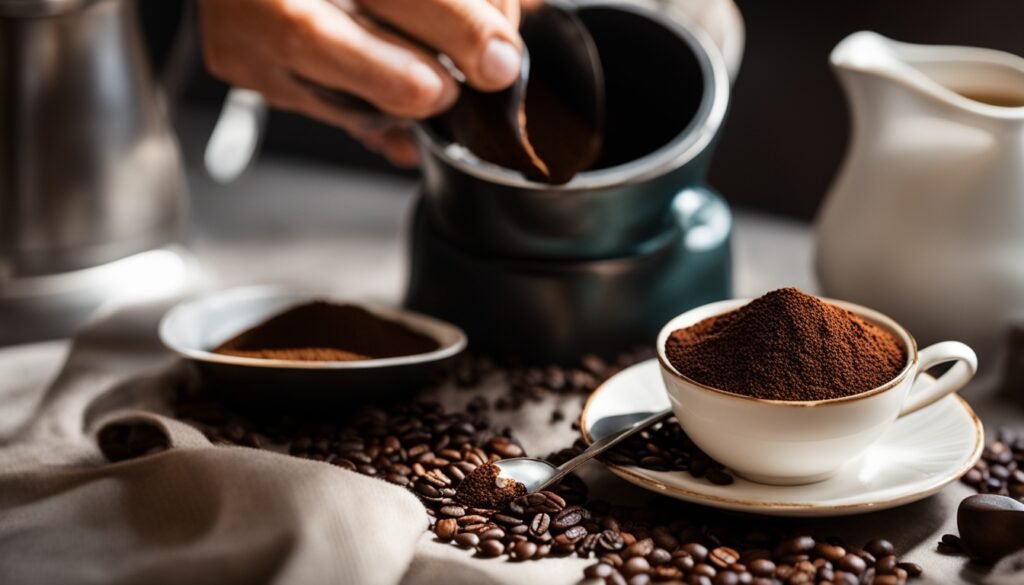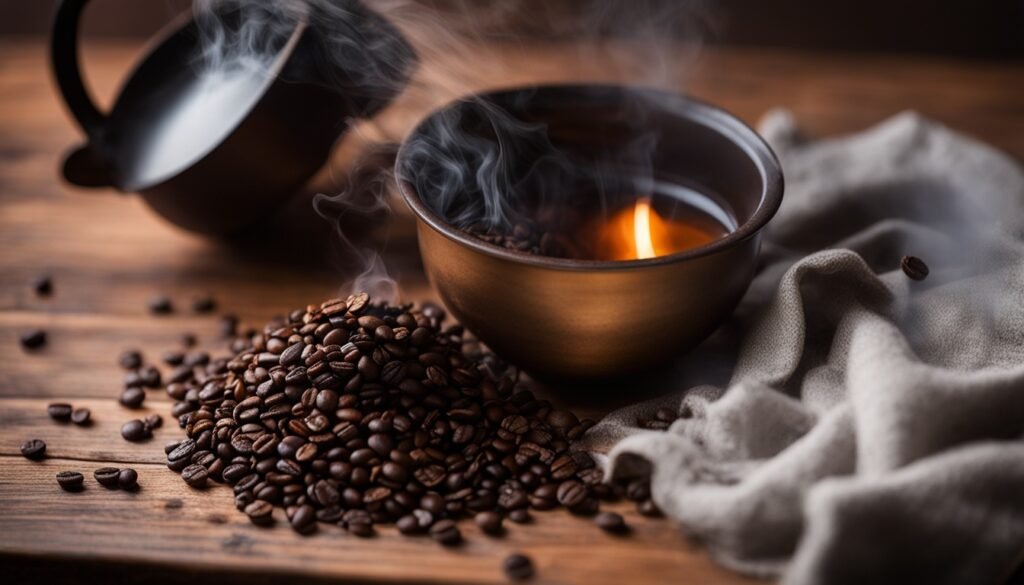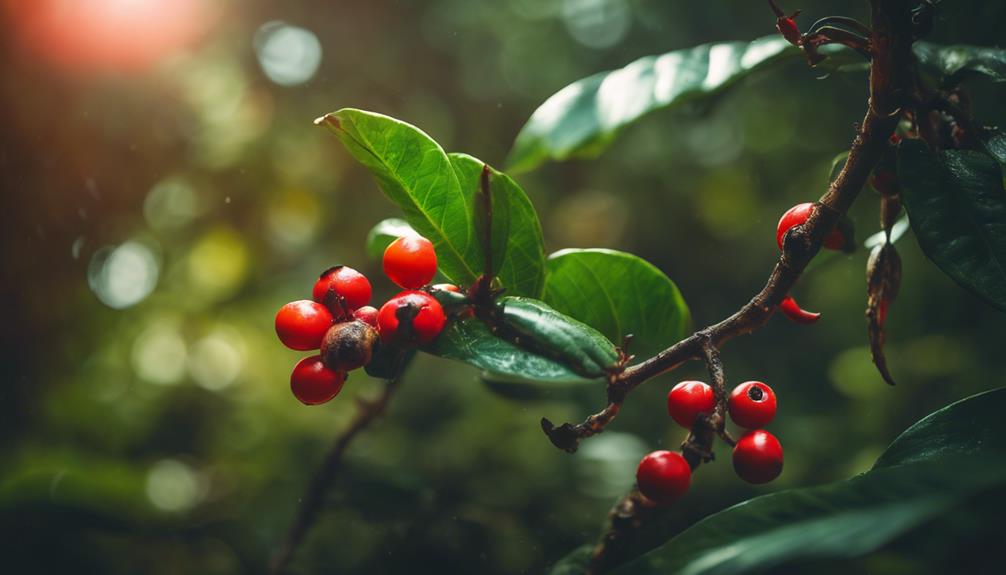Any coffee lover will know exactly what style of coffee they enjoy drinking the most. Perhaps your favorite tasting cup of coffee is not your favorite coffee to brew. There are many coffee lovers who prefer black coffee but enjoy creating visually stunning latte art on lattes, flat whites, and even cappuccinos. But, today we will really be testing your knowledge – Americano vs Cappuccino – do you really know the difference?
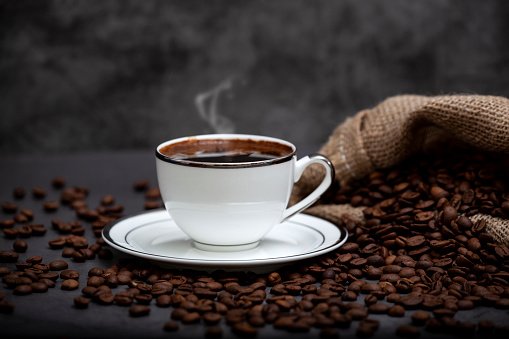
Although you may know some of the differences between a cappuccino and an americano there are probably a bunch more you don’t, and you’ll kick yourself for not realizing. Let’s delve deeper into what an americano and cappuccino are, how they are made, and the differences between them.
For more of the best coffee advice and coffee comparisons, check out more of our awesome coffee blogs below:
- Espresso vs Latte
- French press vs coffee maker
- French press vs Chemex coffee maker
- Ninja coffee bar vs Nespresso coffee machine
- Thermal coffee carafe vs glass coffee carafe
What is an Americano?
Americano is a Spanish name and means American coffee. The name supposedly came about during World War 2 when European soldiers noticed American troops adding hot water to espresso to weaken the flavor. The espresso was too bitter and concentrated for their liking.
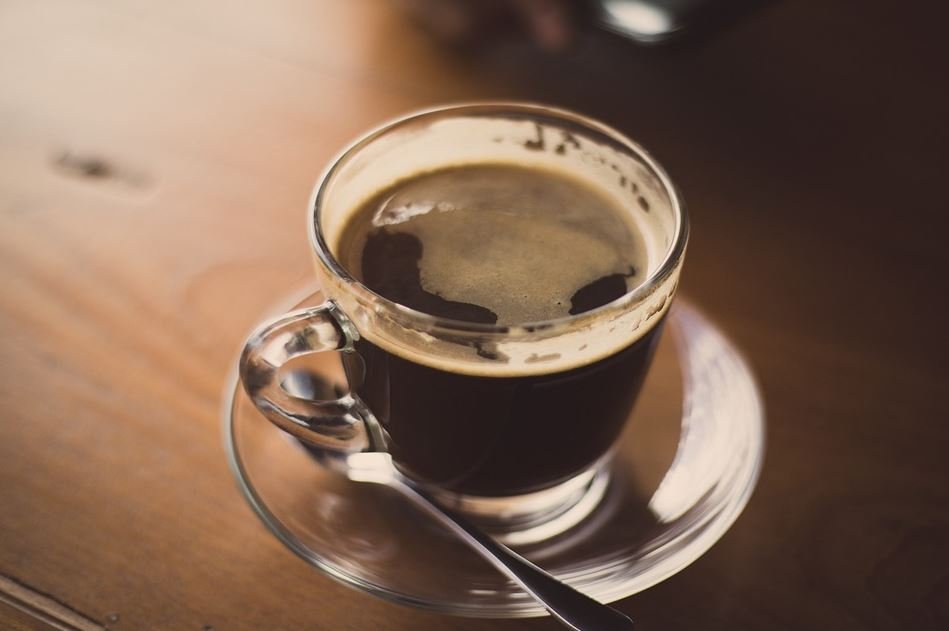
This should give you an idea of what an Americano actually is. It is a less concentrated, watered-down espresso – essentially a black coffee. You might hear someone ordering an americano with milk in your local coffee house, but americanos should be enjoyed as black coffee.
How to make an Americano?
An Americano is prepared by adding 30-40ml of hot water to either a single shot or a double shot of espresso. To get a stronger americano, reduce the water to espresso ratio. If you find your americano is too strong then add more water.
To avoid tampering with the brewing temperature of your coffee machine you should boil the water separately in a kettle before adding it to your espresso.
The debate is ongoing amongst coffee lovers as to the best way to brew an americano. Some coffee lovers suggest adding water to the espresso while others say the espresso should actually be added to the hot water.
You might be asking yourself… ‘what’s the difference?’ Well, the difference is getting the crema on top. When you add hot water to the espresso the crema on the espresso dissolves whereas adding espresso to the water reserves the crema on your americano.
What is crema?
Your deliciously roasted coffee beans are full of flavorful, natural oils. These oils are forced out of the beans during the espresso brewing process. What comes out of your coffee machine is a creamy substance that is light brown followed by dark coffee. This cream rises to the top of your espresso shot. This is what we call the crema. Achieving a crema on your espresso is a sign that the coffee beans have been perfectly ground, prepared, and brewed.
What is a Cappuccino?
Just like Americano, Cappuccino is a variation of espresso as are many of the most popular coffees, like lattes and flat whites. It is made by adding steamed milk and foam to a double shot of espresso.
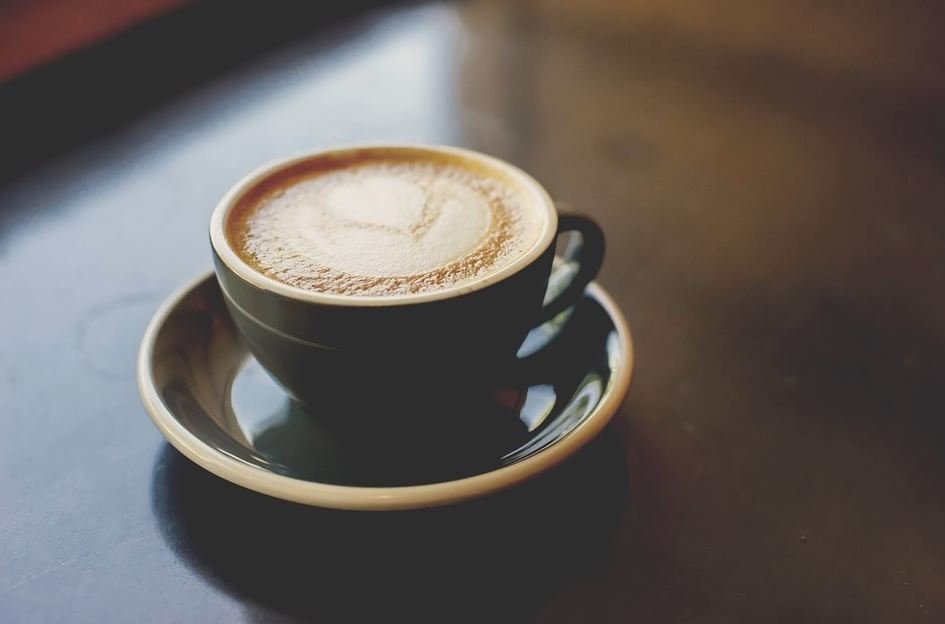
You can even make yourself a professional cappuccino at home if you have an espresso machine with a steaming wand or a separate coffee creamer. It may take some practice, but it is one of the most basic coffee recipes once you know how to make a good espresso.
Cappuccino is roughly 25ml espresso and 85ml steamed milk. The foam adds a fair amount of volume to your coffee cup.
How to Make a Cappuccino
- Fill your steaming pitcher a third of the way full with cold milk.
- Point the steam wand down, away from your cup, toward the base of the coffee machine, and release steam for about 5 seconds to clear the steaming wand of any milk residue built up inside.
- Dip the steaming wand into the milk but do not let the wand touch the bottom of the pitcher. Allow the jet to foam the milk and lower the pitcher slowly as the milk volume increases. Ensure to keep the tip submerged and do not stir it. Continue steaming until the milk reaches 65 degrees. The milk should have doubled in volume.
- Give the pitcher a good tap on the counter to compress the foam.
- Finally, prepare your espresso directly in your cappuccino cup and pour the foamed milk into it in a circular motion.
It’s important to get the temperature of your milk right otherwise you will spoil the taste of your delicious coffee. This rule goes for any coffee, not just the cappuccino, but lattes, flat whites, and any other milk-based coffee.
You can add coffee syrup to your cappuccino to get vanilla or caramel flavors from your coffee cup. If you’re a coffee lover who particularly enjoys beautiful coffee art, why not give it a go yourself. This is a really difficult thing to get right, so don’t be disheartened if your coffee art comes out looking like a white blob of foam the first couple of times. Keep practicing if you want to get better.
Americano vs Cappuccino – What’s the Real Difference?
Both of these coffee beverages begin with an espresso base. Once you have mastered the art of making an espresso, you have the foundation for most of the coffees you would ordinarily order from your local coffee house. The difference is what you do with the espresso shot to turn it into an americano, latte, cappuccino, flat white, or cold brew coffee.
The Americano is made by adding hot water, while the cappuccino is made by adding steamed milk. These taste very different, as the Americano is essentially black coffee and will taste a lot sharper and more aromatic than the cappuccino which is a lot softer, smoother, and milker and is often enjoyed with sweeteners or other additives.

